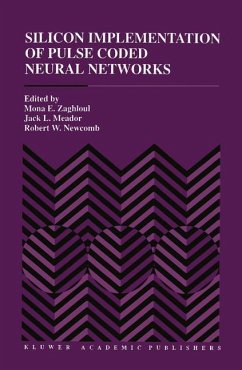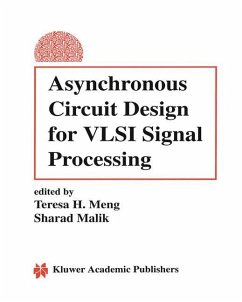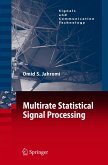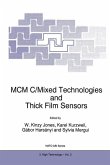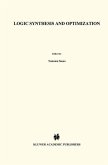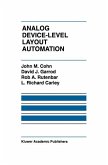When confronted with the hows and whys of nature's computational engines, some prefer to focus upon neural function: addressing issues of neural system behavior and its relation to natural intelligence. Then there are those who prefer the study of the "mechanics" of neural systems: the nuts and bolts of the "wetware": the neurons and synapses. Those who investigate pulse coded implementations ofartificial neural networks know what it means to stand at the boundary which lies between these two worlds: not just asking why natural neural systems behave as they do, but also how they achieve their marvelous feats. The research results presented in this book not only address more conventional abstract notions of neural-like processing, but also the more specific details ofneural-like processors. It has been established for some time that natural neural systems perform a great deal of information processing via electrochemical pulses. Accordingly, pulse coded neural network concepts arereceiving increased attention in artificial neural network research. This increased interest is compounded by continuing advances in the field of VLSI circuit design. This is the first time in history in which it is practical to construct networks of neuron-like circuits of reasonable complexity that can be applied to real problems. We believe that the pioneering work in artificial neural systems presented in this book will lead to further advances that will not only be useful in some practical sense, but may also provide some additional insight into the operation of their natural counterparts.

